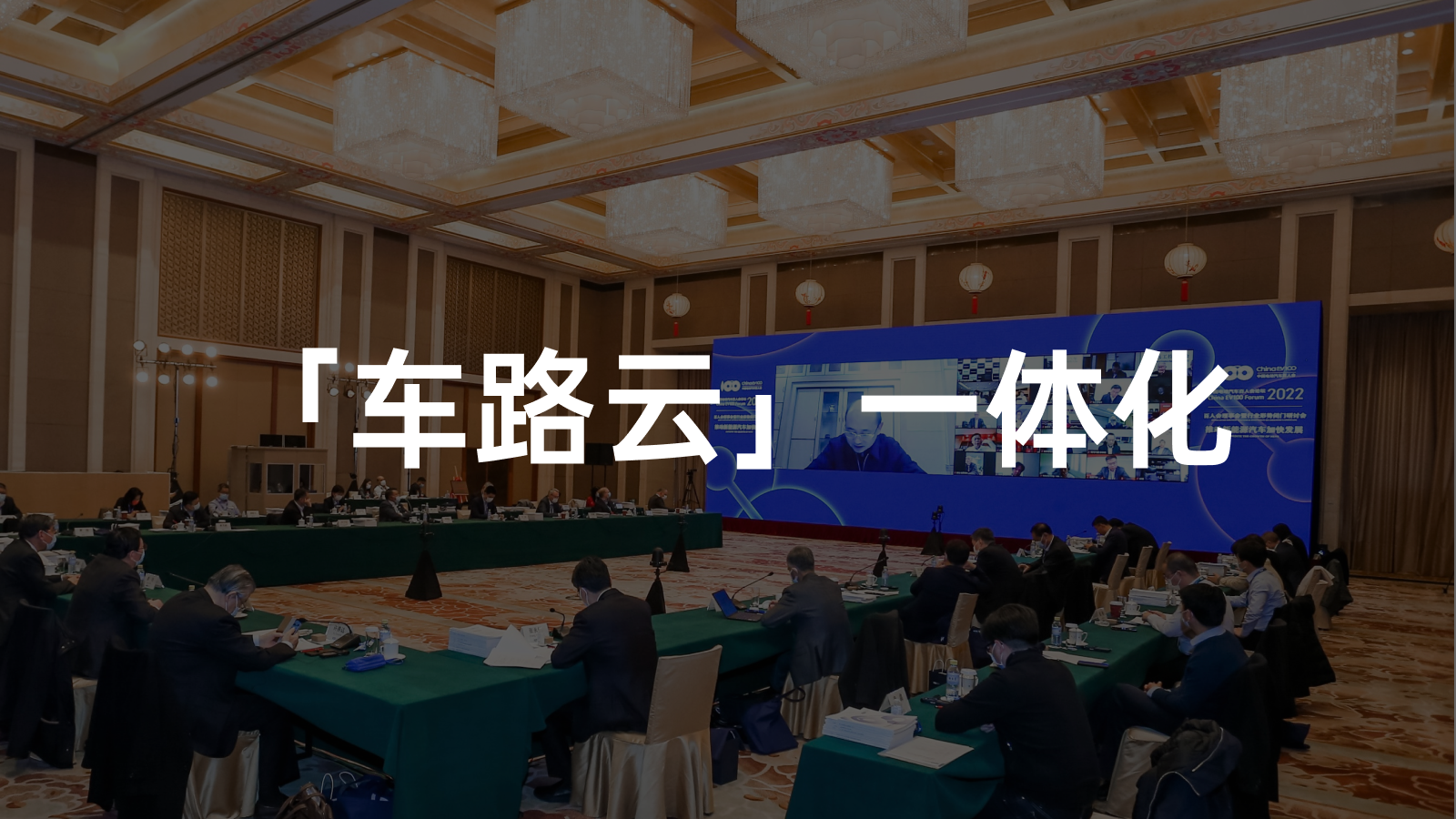Limited Computing Power of Vehicles Requires V2X Cooperation for Advanced Autonomous Driving
V2X (Vehicle to X) is a key technology for the future intelligent transportation system. It enables communication between vehicles, base stations, and other base stations, thereby obtaining real-time traffic information, road conditions, pedestrian information, and other traffic information to improve driving safety, reduce congestion, increase traffic efficiency, and provide in-vehicle entertainment.
Miao Wei, vice chairman of the Economic Committee of the Chinese People’s Political Consultative Conference, said that so far, including Tesla, single-vehicle intelligence is the main way of implementation. However, more and more companies are recognizing the importance of V2X.
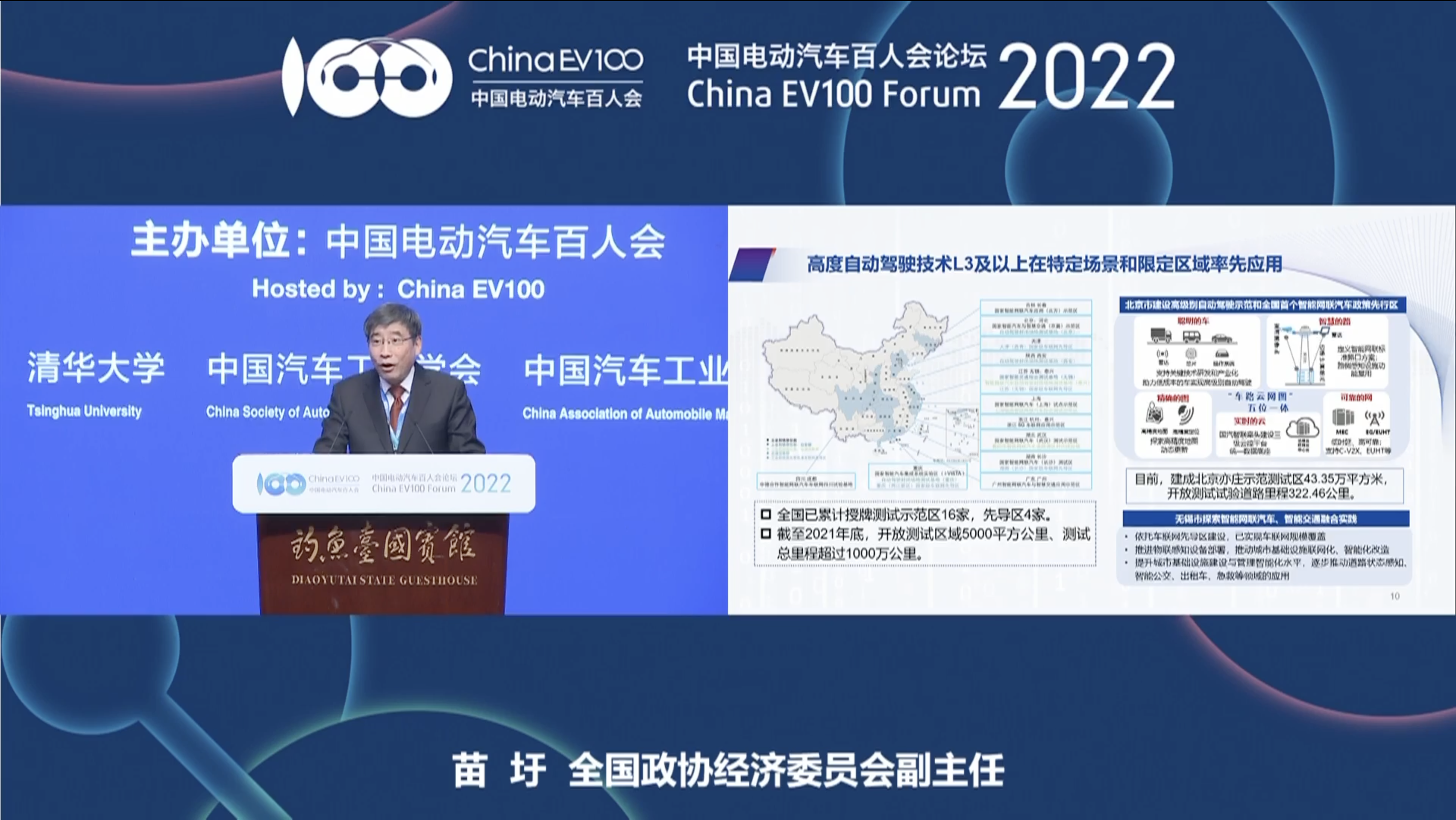
Miao Wei believes that single-vehicle intelligence may achieve L2 level autonomous driving, but achieving L3 level autonomous driving is very difficult. The computing power and power consumption required for L4 level autonomous driving cannot be borne by vehicles alone. Therefore, a part of the computing power must be moved from the vehicle to the roadside to perform edge computing, end-to-end communication, and vehicle-to-road coordination.
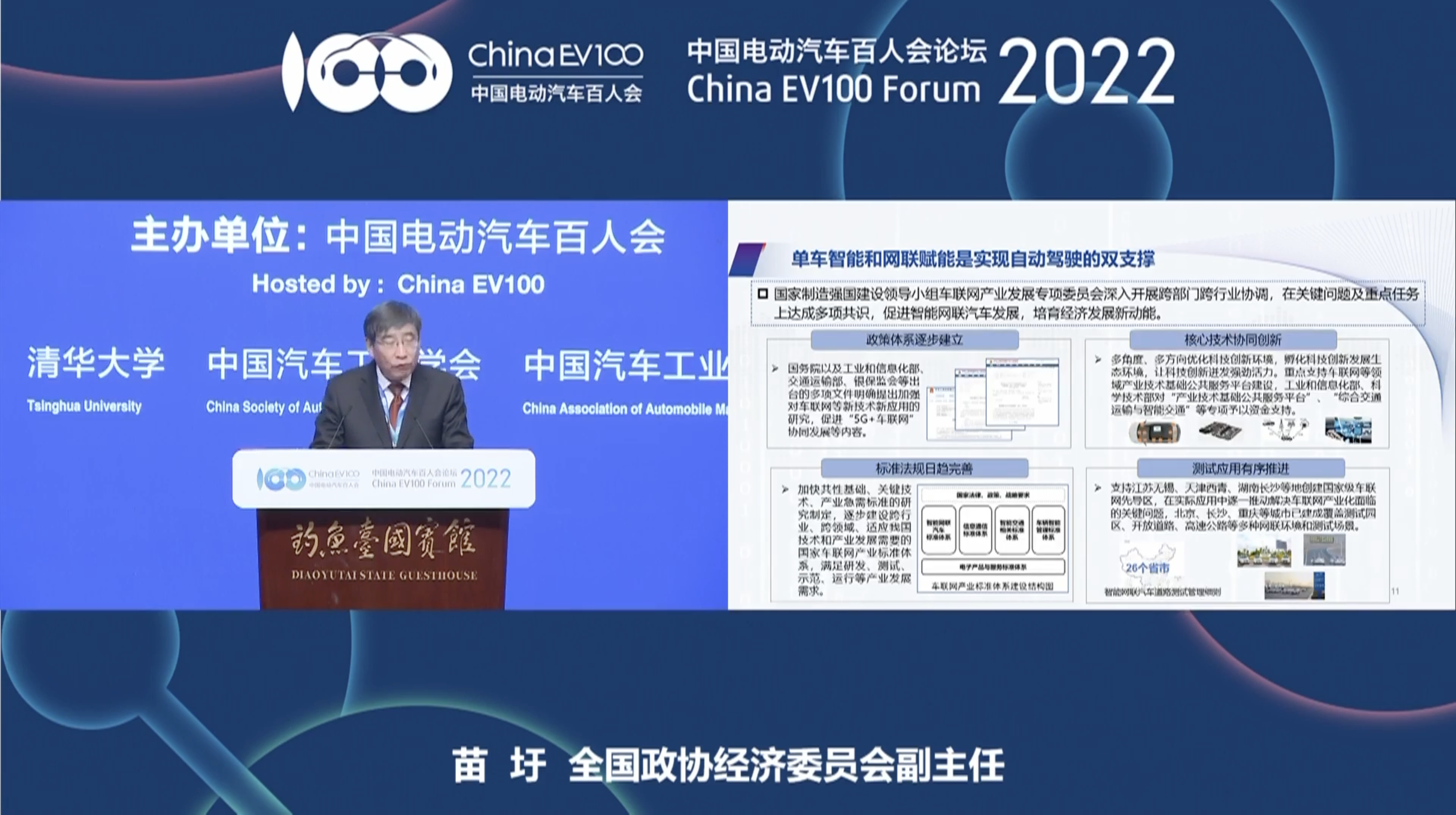
Foundation of V2X – Infrastructure Interconnection
An important part of V2X is the interconnection of road infrastructure, and there have been multiple pilot projects in China attempting this. KonP Leong, the director of the Beijing High-level Autonomous Driving Demonstration Area office, stated that within a 60 square kilometer area in the Beijing Economic-Technological Development Area, 332 digital and intelligent intersections have been fully covered with infrastructure, including traffic lights, road studs, and cameras.
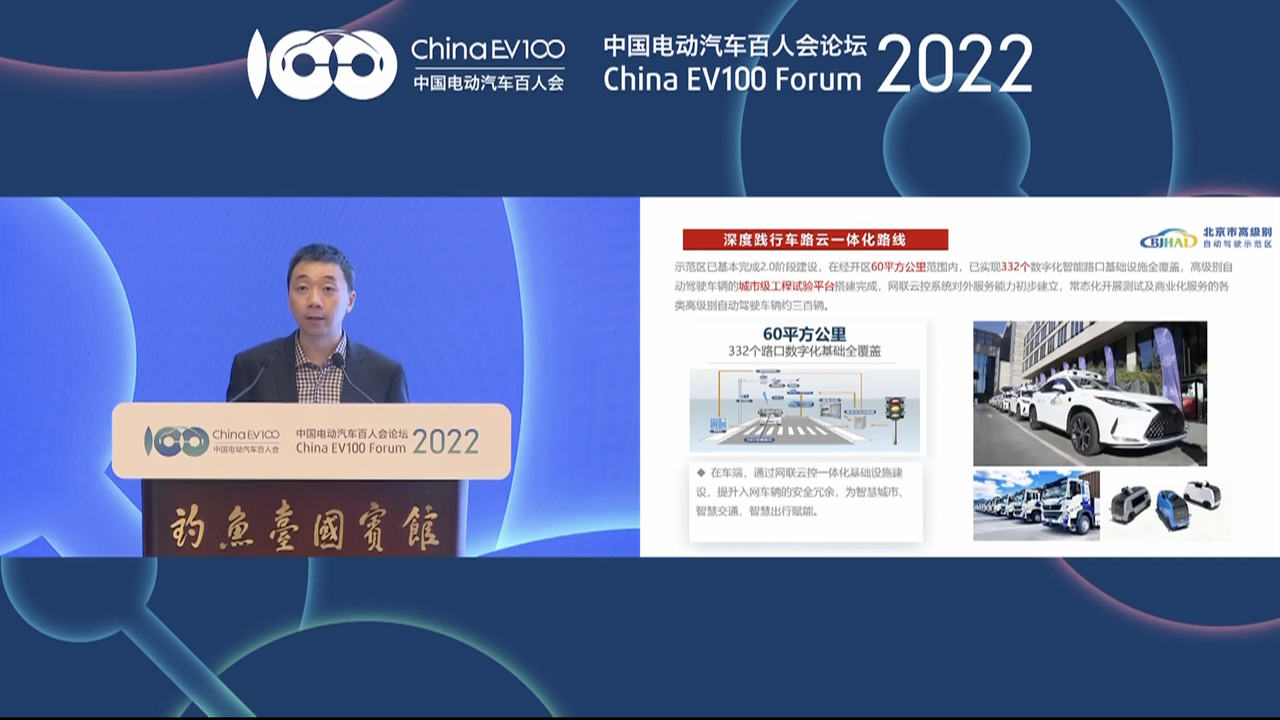
The interconnection of infrastructure such as traffic lights, road studs, and cameras provides a foundation for the development of 24/7 full-scene autonomous driving. However, Chen Shanzhi, the deputy general manager of China Information and Communication Technology Group, stated that this may be something that takes 5 to 10 years to accomplish. Nevertheless, combining roadside and on-vehicle intelligence has already shown initial results in improving travel efficiency in pilot cities.
For example, in the Beijing Economic-Technological Development Area, the perception system of the intersection calculates traffic flow information, and in combination with adaptive dynamic optimized traffic signals, the intersection’s average vehicle delay rate has decreased by 28.48%, the length of vehicle queues decreased by 30.3%, and green light waste time reduced by 18.33%. On the four double-lane arterial roads, the average vehicle delay was reduced by more than 16%.
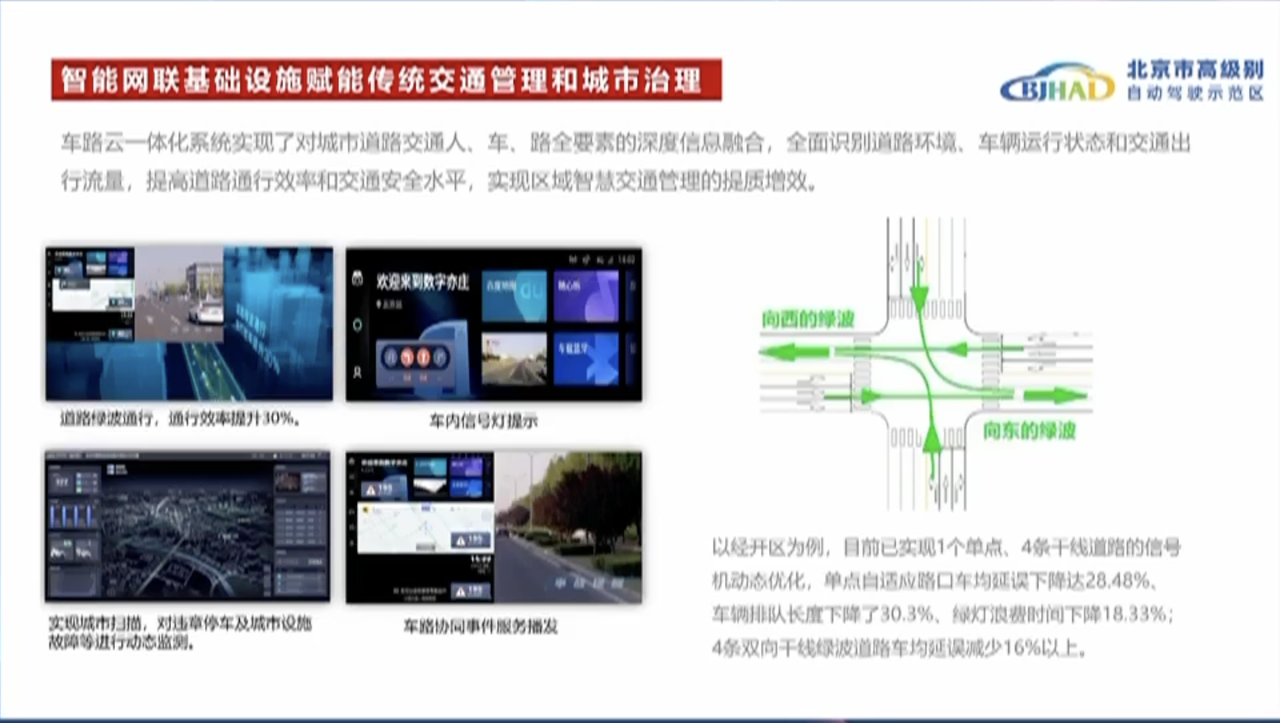 According to the achievements shared by Ma Wei, the CEO of Xidi IMa, who is also the director of the Intelligent Driving Research Institute in Changsha, buses with relatively fixed routes and small driving variables are undoubtedly the best carriers for V2X at present.
According to the achievements shared by Ma Wei, the CEO of Xidi IMa, who is also the director of the Intelligent Driving Research Institute in Changsha, buses with relatively fixed routes and small driving variables are undoubtedly the best carriers for V2X at present.
In the pilot area of Changsha, signal receivers have been installed at traffic intersections and they will receive request signals sent out by the OBU on board the vehicles. Thanks to the C-V2X national standard, this form of interconnectivity can achieve millisecond-level delays, centimeter-level positioning, and ultra-long distance perception, and determine the priority based on the passenger load of the bus, giving priority passing rights to buses with more passengers.
For example, if a bus arrives at a traffic light that is about to turn red, it will wait until the bus has passed before changing to red.
During the first half of 2021, Changsha customized two routes equipped with active bus priority systems, which on average saved 27.5% of commuting time compared to private cars following the recommended routes on maps, and 30% compared to regular buses. Approximately 24.7% of passengers who originally used private cars now choose to take public transport since the buses are faster with the bus priority system.
Since the planning and construction of infrastructure interconnectivity and the improvement of vehicle-side intelligence need to be developed in parallel, the Ministry of Housing and Urban-Rural Development and the Ministry of Industry and Information Technology have both participated in the construction of the “Dual Intelligence” of smart cities and intelligent vehicles. After the first batch of pilot cities including Beijing, Shanghai, Guangzhou, and Wuhan, ten cities such as Chongqing, Shenzhen, Xiamen, and Nanjing were listed as the second batch.
Prospect for the future
The main factors currently restricting the coordinated development of smart cities and intelligent vehicles are the insufficient coverage of roadside infrastructure and low penetration rates of intelligent networked vehicles.
The coverage of roadside infrastructure mainly refers to whether V2X devices are installed at intersections and important dangerous road sections in the city, while the penetration rate of vehicles refers to whether vehicles can achieve intelligent networked assisted driving. If the coverage of roadside infrastructure and vehicle penetration rate are insufficient, real-time communication between vehicles and between vehicles and roads is impossible, thus hindering the realization of advanced intelligent driving.
According to Chen Shanzhi, the deputy general manager of China Information and Communication Technologies Group, infrastructure interconnectivity should first be implemented at dangerous road sections and intersections, and vehicle manufacturers should be encouraged to install V2X devices on production vehicles and retrofit them on commercial vehicles. The ultimate goal is to achieve unmanned driving through standardized means.
V2X, based on 5G, involves communication, artificial intelligence, intelligent infrastructure construction, etc. which have transformed cars from mechanical products to large-scale mobile intelligent terminals.
Intelligent networked vehicles have brought together automobile manufacturers, software companies, chip companies, and internet companies in their industrial ecosystem. In the future, information and communication technology enterprises, infrastructure construction enterprises, transportation enterprises, and smart city development enterprises will all cooperate across boundaries in the development of intelligent networked vehicles.
Large-scale deployment of L2 intelligent driving is approaching.Level 2 Autonomous Driving for Passenger Cars has Been Commercialized on a Large Scale. In 2021, 22.2% of passenger cars have installed Level 2 and below autonomous driving systems, such as Adaptive Cruise Control (ACC), Automatic Emergency Braking (AEB), Lane Keeping System (LKS), and Automated Parking Assist (APA), which have been widely used.
In 2016, under the push of the National Transportation Safety Board (NTSB) and the Insurance Institute for Highway Safety (IIHS), 20 automakers, including Volkswagen, General Motors, and Toyota, signed an agreement. These car manufacturers announced that they will make autonomous emergency braking systems (AEB) a standard configuration and popularize them in the US market for all models by September 2022.
These 20 carmakers occupy 99% of the US market share, and if the agreement is fully implemented, nearly every new car purchased by Americans will be equipped with AEB by 2022.
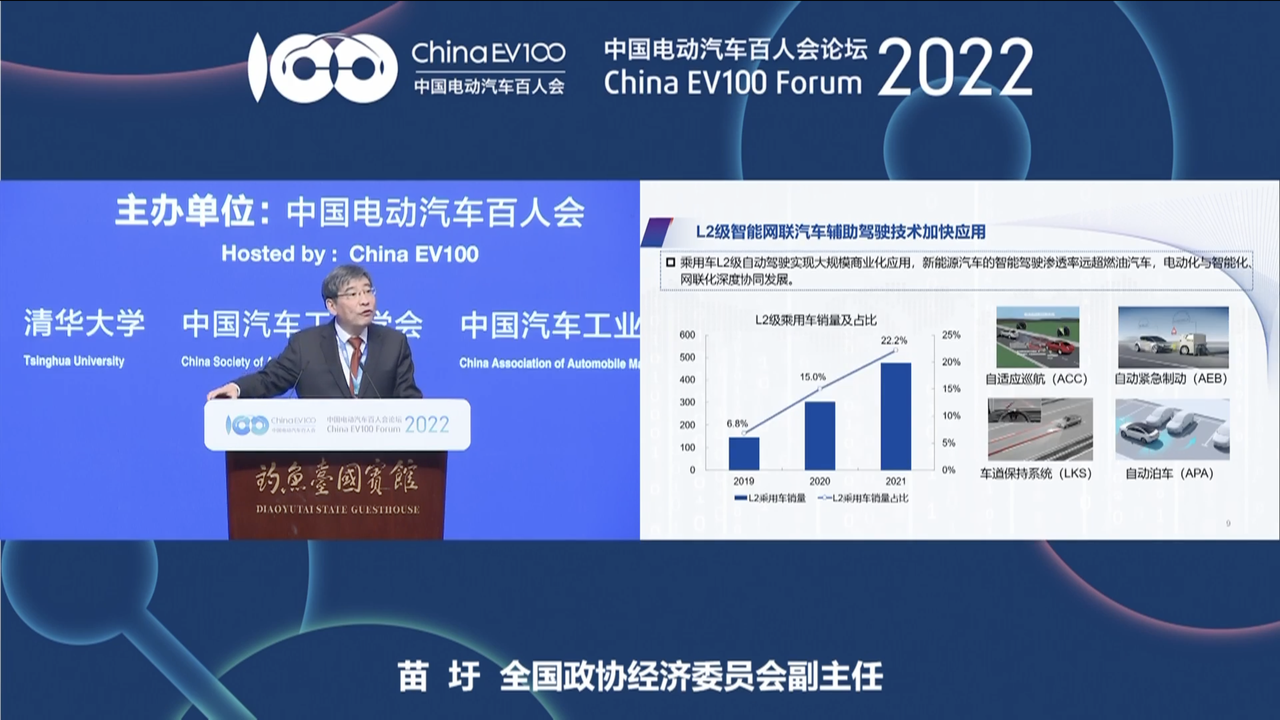
Li Xiang suggested at the meeting that AEB should be a standard feature. Automatic Emergency Braking (AEB) can greatly reduce the possibility of collision due to a driver’s lack of attention in road traffic, and the number of deaths and injuries in road traffic accidents will be greatly reduced. Miao Wei, Vice Chairman of the Economic Committee of the National Committee of the Chinese People’s Political Consultative Conference, expressed strong agreement with this view.
However, it should be noted that there are still issues with AEB functionality on some models, such as false alarms and inconsistent braking standards, and there are differences in the perception sensors of vehicles equipped with AEB, resulting in varied outcomes among car manufacturers that have implemented them. The ultimate goal of AEB functionality is to improve road safety, reduce accidents and injuries, and if we want to popularize this function on a large scale, regulatory agencies and car manufacturers will need to collaborate to establish testing scenarios and norms in the future.
From a macro perspective, some car manufacturers’ Level 2 autonomous driving is already at a high level of maturity and user adoption. He XPeng introduced that the accumulated mileage of their intelligent driving has reached 140 million kilometers, and the intelligent parking assist has been utilized 7.34 million times over the past few years.
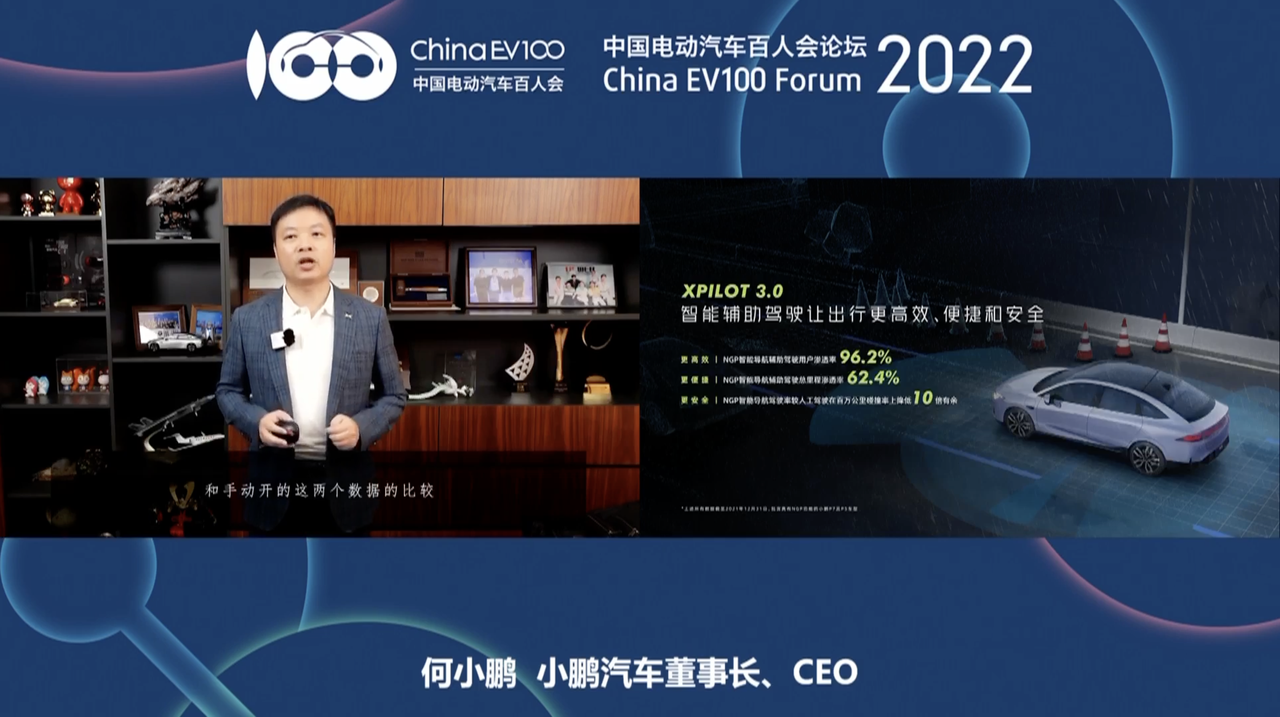
He XPeng said that the NGP penetration rate of his company’s vehicles has reached 62%, and smart driving has increased safety by more than 10 times compared to manual driving. However, when compared with the rapidly developing Level 2 autonomous driving, Level 3 and higher-level autonomous driving is still struggling to land on a large scale.
Level 3 Autonomous Driving Remains Focused on Specific Scenarios and Limited Ranges
Due to the limitations of single-car intelligence, current domestic enterprises in China remain focused on specific scenarios and limited ranges in their attempts to develop Level 3 and higher-level autonomous driving technologies.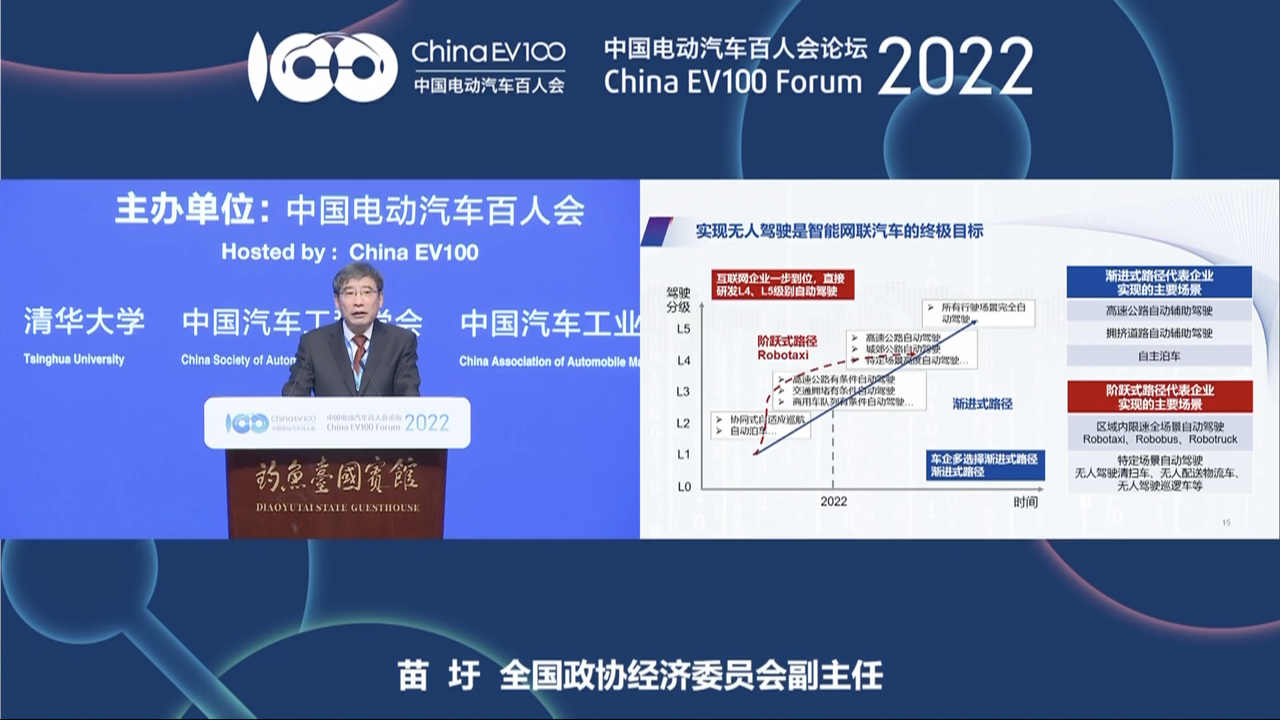
The high-level autonomous driving demonstration area in Beijing is achieved through the integration of “vehicle, road, cloud, network, and map” to achieve L4 level intelligent driving within the area. Kong Lei, the head of the Beijing High-Level Autonomous Driving Demonstration Area Working Office, also stated that in the development of intelligent connected vehicles, the elements such as vehicle, road, cloud, network, and data are very important, and these elements are closely related to the construction of smart city infrastructure.
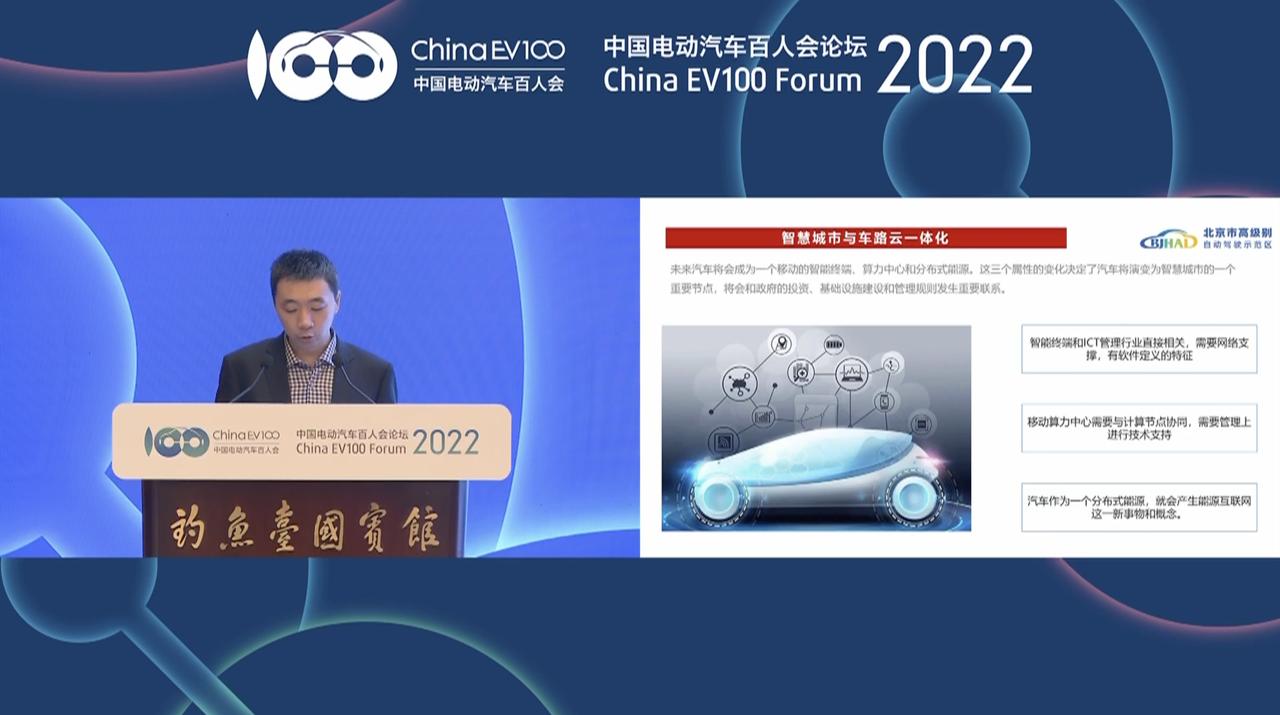
The traditional vehicles and unmanned shuttle buses transformed by SenseTime’s networked technology achieve the L4 level effect limited to specific areas and scenarios through vehicle sensors on the road, cloud-based signal light control and vehicle access, roadside device access, and cloud-based control.
Unmanned delivery vehicles from Yunji Technology have already been put into operation in enclosed scenarios such as parks and office buildings. However, their cooperation with JD in the low-speed logistics and express delivery vehicle urban operation business is still trying to solve it by adding LiDAR, and has not been put into commercial use.
Li Zhenyu, Baidu Group’s senior vice president and general manager of the Intelligent Driving Business Unit, said that in complex urban scenarios, the coordinated application of vehicle, road, and cloud can accelerate the landing of autonomous driving at scale. Li Zhenyu stated that the most difficult part of urban roads is the intersection, and there are some problems that cannot be solved by single vehicle intelligence: signal light obstruction, blind zone perception, ultra-long distance viewing, and some obstacles and map updates, etc.
However, through the coordinated application of vehicle, road, and cloud, the roadside infrastructure has the ability of perception and planning decision-making, high-precision maps can provide dynamic updates of road conditions, and cloud data can provide decision-making assistance. The cloud also has a 5G safety officer who can provide remote safety redundancy. This way, the limitations of single-vehicle perception and scene understanding can be broken, and the complexity of difficult scenarios can be reduced.
Li Zhenyu stated that, vehicle, road, and cloud integration will be the ultimate form in the next 10-40 years.
This article is a translation by ChatGPT of a Chinese report from 42HOW. If you have any questions about it, please email bd@42how.com.
